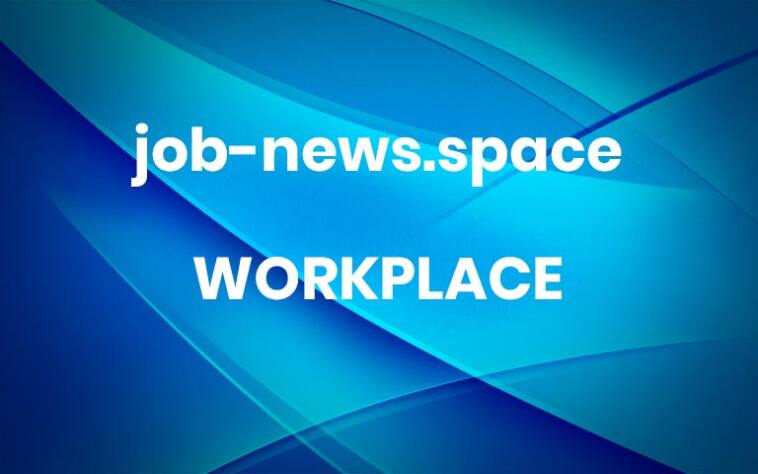The Role of Leadership in Combatting Burnout Culture
Leadership today demands more than meeting current quarterly goals—it requires shaping the future of the business and its people against the backdrop of an often challenging environment. Yet, there are striking gaps between the skills that leaders need and the development organisations are providing. According to DDI’s Europe Leadership Report 2025, leaders recognise the need for more future-focused skills but aren’t receiving training in these areas.
According to the research, 80% of HR organisations in Europe are predicting a surge in the need for new leadership capabilities in the next five years. However, only 22% of HR organisations have prioritised addressing the top four most critical skill gaps that have been identified by the leaders themselves.
These skills are pivotal in helping leaders navigate change, support innovation and sustain business growth – so what does this mean for leaders, and how can organisation address this challenge?
Skills development for leaders is on the back-burner
There is no shortage of news stories speculating on the future skills problems in Europe, especially as Generative AI continues to change the world of work across sectors. But despite the majority of HR leaders predicting a surge in the need for new leadership capabilities, less than one-quarter have prioritised addressing critical leadership skills, including:
Setting strategy: 55% of leaders identify it as essential, yet only 13% have received training.
Engaging employees: 55% see it as critical, but just 15% have been developed in this area.
Identifying and developing future talent: 48% cite it as crucial, yet only 8% have had relevant development.
Decision making: 51% of leaders believe it is crucial, but just 14% have received training.
It’s not just the skills that leaders lack; less than one fifth of leaders feel they have sufficient time to fulfil their responsibilities at work. This highlights a critical failure in European organisations to effectively manage and protect leaders’ time and support development.
Lack of time leads to burnout amongst Europe’s leaders
A lack of adequate training and support for existing and new leaders could have an even more worrying effect on Europe’s leadership talent, as the Europe Leadership Report also highlights the increasing risk of stress and burnout among leaders in Europe. In fact, further data from the report shows that over half (54%) of Europe’s leaders are experiencing a significant increase in stress since stepping into their current roles. Of these leaders, 72% are concerned about burnout, and 40% have considered abandoning leadership roles entirely as a result.
When leaders are stressed to the point of burnout, it creates a ripple effect throughout organisations that impacts not only current teams, but also the leadership pipeline, leaving organisations at risk of losing leadership talent precisely when it’s needed most. The solution lies in how organisations support their leaders.
Organisations that invest in targeted skill development and give their leaders the time and tools to succeed are more likely to reduce burnout within their teams. Organisations that reduce burnout rates are more likely to create resilient leadership teams that drive sustainable business performance.
Burnout culture continues to be the “dirty little secret” in far too many organisations. Everyone is feeling it, but no one wants to talk about it.
How successfully companies manage burnout is directly influenced by their leaders. Why? Often, it’s the actions of leaders that cause employees to either move closer to burnout or reach full burnout status.
Fortunately, leaders can establish a “new normal” for themselves and their teams and can break the cycle of burnout through leading by example. By actively promoting an environment that prioritises psychological safety and well-being, it normalises healthy collaboration, creativity, and a shared sense of purpose, where all employees feel recognised and valued.
Supporting leaders to address burnout
While leaders can manage burnout on their teams, they are still humans. Many of them are feeling the weight of burnout at the same time. Often, they don’t want to admit their own struggles for fear of being vulnerable. As a result, their teams also don’t want to admit their feelings, meaning issues are never resolved. Eventually, employees and leaders reach their limit and decide to leave, creating a burnout spiral.
Leaders are navigating an increasingly complex professional landscape, and their approach to stress management reveals profound insights into their leadership philosophy. According to the Europe Leadership Report, leaders’ top stress management strategies are:
Speaking with current manager (52%)
Self-reflection (51%)
This preference for manager consultation as the primary stress management strategy has powerful implications for preventing unwanted turnover. With over half of leaders turning to their managers for support, organisations have an early-warning system—but only if managers are equipped to respond effectively.
For organisations, the actions are clear. By supporting leaders with personalised, insight driven development, they can not only reduce the risk of burnout within leadership teams, but throughout the organisation. By prioritising employee satisfaction and wellbeing, organisations don’t just retain top talent—they create loyal, engaged teams ready to grow and thrive together for the long haul.
By Bruce Watt, Senior VP, Europe, India and Australia at DDI.
Share this post: More





